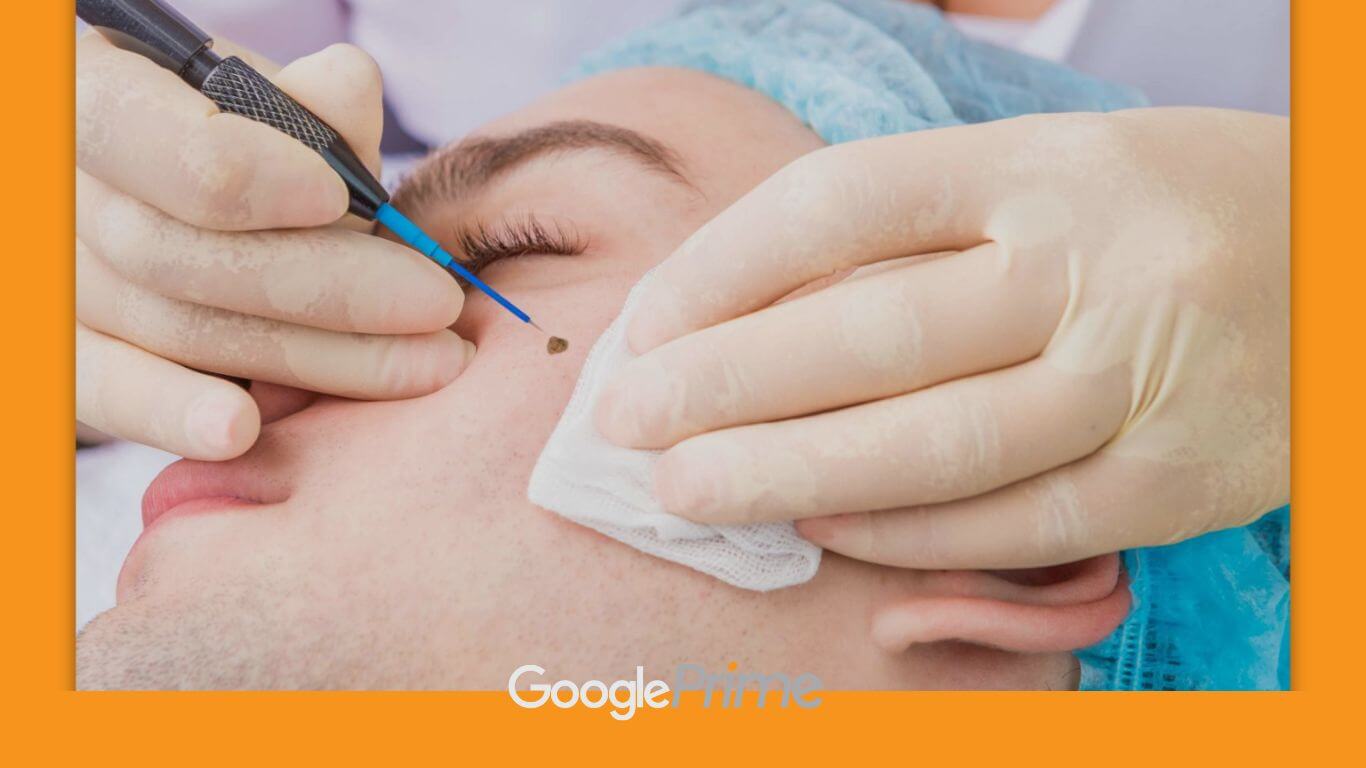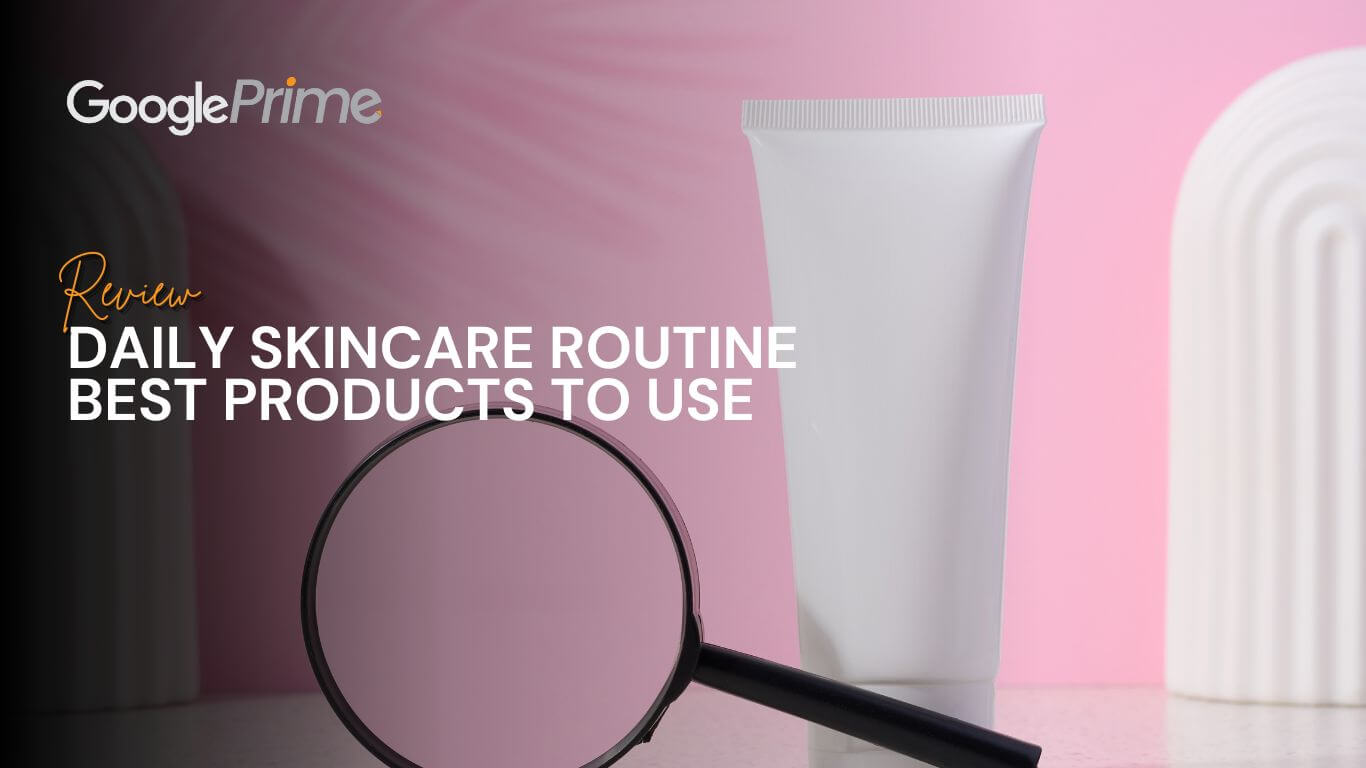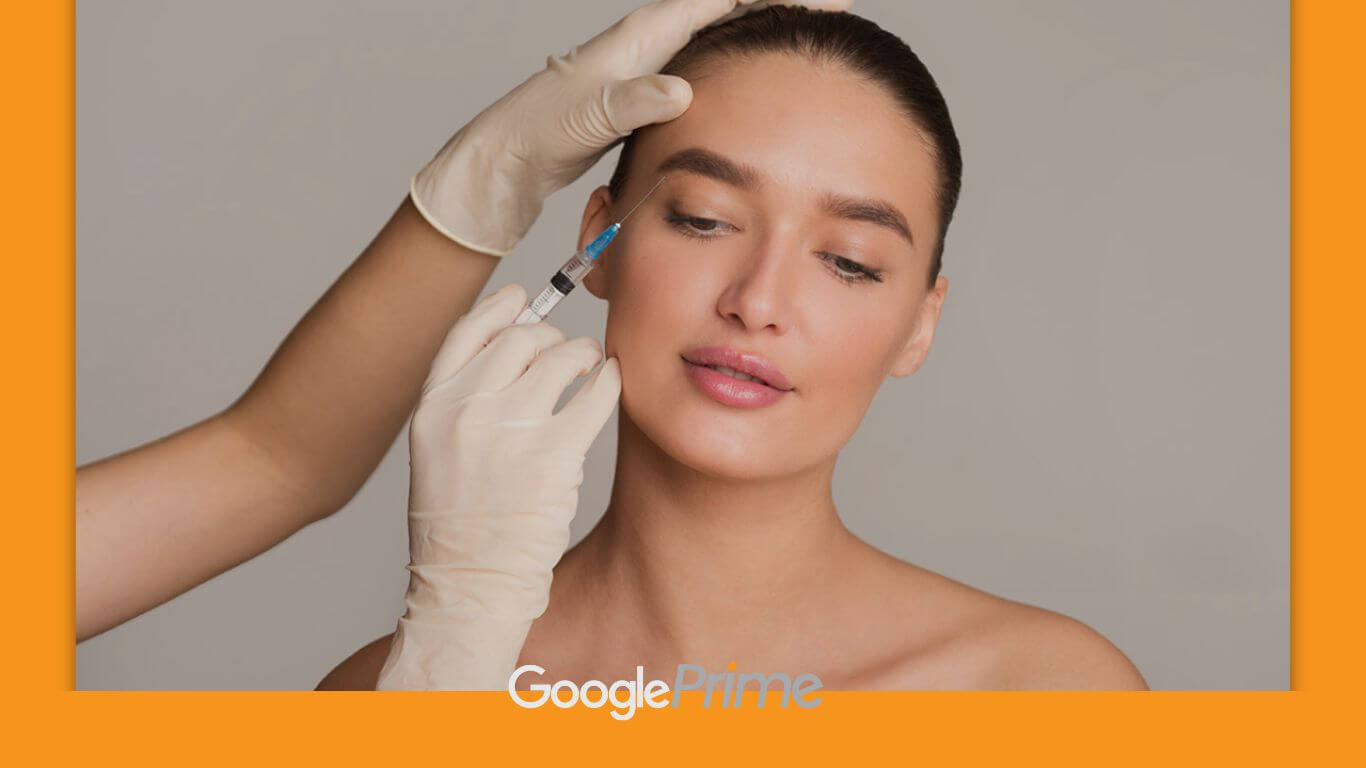Currently Empty: 0,00 د.إ

Laser wart removal is a popular choice for eliminating stubborn warts. It’s known for its precision and effectiveness, but like any medical procedure, there’s a chance of some temporary side effects. The good news? Not everyone experiences them, and they tend to be mild.
However, like any medical procedure, laser wart removal comes with potential side effects. While generally minor and temporary, understanding them empowers you to make informed decisions.
Laser’s Light Touch: How Does It Work?
Laser wart removal utilizes targeted laser energy to eliminate these growths. The high-intensity beam heats the wart tissue, causing it to vaporize or break down. This procedure is typically performed by a dermatologist in an outpatient setting.
Why Choose Laser Wart Removal?
Laser treatment boasts several advantages over other wart removal methods:
- Swift Action: Often requiring only one session, laser treatment offers a time-saving advantage compared to multiple applications needed with topical treatments or cryotherapy.
- Pinpoint Precision: Laser energy targets wart tissue specifically, minimizing damage to surrounding healthy skin, resulting in less scarring and faster healing than surgical excision.
- Versatility for Various Warts: Laser therapy can effectively eliminate common, plantar, flat, and even genital warts, making it a suitable option for diverse wart types.
Understanding Potential Side Effects
While laser wart removal is generally safe and well-tolerated, some potential side effects exist:
- Temporary Discomfort: Following treatment, redness and swelling around the treated area are common. These effects typically subside within a few days or weeks as the skin heals.
- Minimal Bleeding/Bruising: The laser’s effect on surrounding blood vessels can cause slight bleeding or bruising, usually minor and self-resolving.
- Allergic Reactions: Anesthesia or medications used during the procedure may trigger allergic reactions, ranging from mild skin irritation to more severe symptoms. Discuss any known allergies with your doctor beforehand.
- Temporary Numbness/Tingling: Laser energy can occasionally cause temporary numbness or tingling in the treated area due to nerve irritation. These sensations usually resolve within a few weeks.
- Skin Color Changes: Laser treatment may disrupt melanin production, leading to either lightening (hypopigmentation) or darkening (post-inflammatory hyperpigmentation) of the treated area. These effects tend to fade over time but may take several months.
Minimizing Side Effects and Promoting Healing
Here are some tips to minimize side effects and encourage faster healing:
- Post-Treatment Care: Follow your doctor’s specific instructions to optimize healing and reduce complications.
- Sun Protection: Shield the treated area from sunlight with protective clothing or high-SPF sunscreen. Sun exposure can worsen pigmentation changes and slow healing.
- Avoid Irritants: Refrain from harsh skincare products on the treated area until fully healed.
- Cold Compresses: Use cold compresses wrapped in a cloth to reduce redness and swelling.
- Cleanliness: Maintain proper hygiene by gently cleansing the area with mild soap and lukewarm water. Avoid abrasive materials or excessive scrubbing.
- Moisturize: Apply a gentle, fragrance-free moisturizer to keep the skin hydrated and prevent dryness.
- Resist Picking: Avoid picking or scratching the treated area to prevent infection and scarring.
- Hydration and Healthy Lifestyle: Drinking plenty of water and maintaining a balanced diet, adequate sleep, and stress management can all contribute to faster healing.
When to Seek Medical Attention
While most side effects are temporary, consult your doctor if you experience:
- Excessive Bleeding: Persistent or significant bleeding that doesn’t stop with gentle pressure.
- Severe Pain: Uncontrolled pain not relieved by over-the-counter pain relievers.
- Infection Signs: Increased redness, warmth, swelling, pus, or a foul odor.
- Severe Allergic Reactions: Difficulty breathing, chest tightness, facial/throat swelling, or widespread rash.
- Persistent Side Effects: Any side effects persisting beyond the expected healing period, such as ongoing numbness or tingling, persistent skin discoloration, or any other concerning symptoms.
Embrace Smooth, Wart-Free Skin
Laser wart removal can be a valuable tool for eliminating these bothersome growths. By understanding the potential side effects and following proper aftercare, you can maximize the benefits and minimize any temporary inconveniences.
Conclusion
While laser wart removal offers a fast, effective, and precise solution for eliminating warts, it’s crucial to weigh the potential side effects against your individual needs and preferences. Consulting with a qualified dermatologist is the best way to determine if laser wart removal is the right choice for you. They can answer your questions, address any concerns, and guide you through the entire process, ensuring a smooth and successful treatment experience.
Explore the latest wart removal solutions and blogs at Google Prime.



